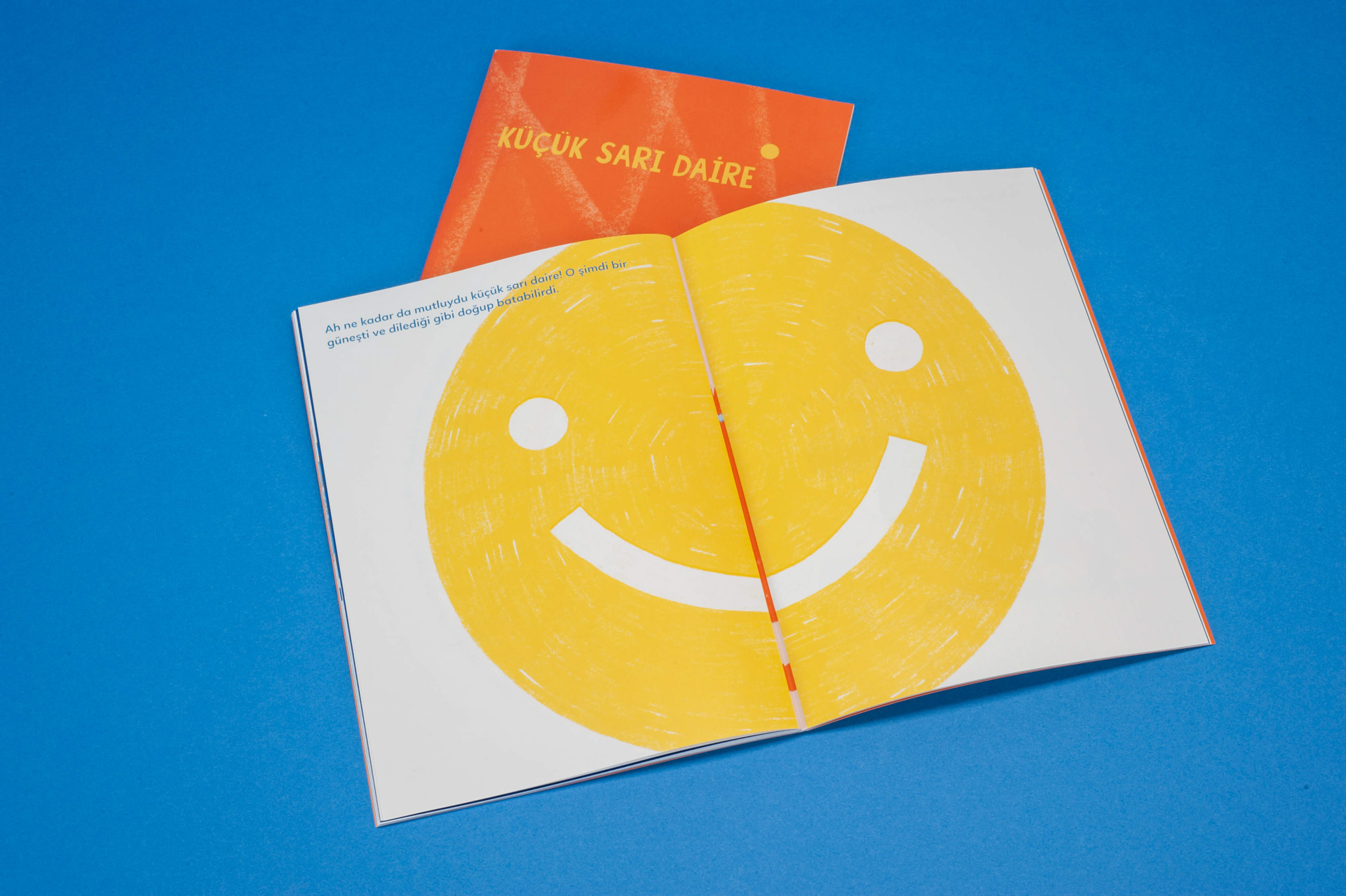Director: Wang Bing
Hong Kong, France 2016, 147’, color
Ta’ang language; with Turkish and English subtitles
A civil war has been raging for decades in Myanmar’s Kokang region, which is home to the Ta’ang people. When their lives are once again in danger in spring 2015, it is mostly the women and children who flee over the border to China. Wang Bing accompanies a few of these communities thrown together by fate, at once modern and bound to traditions. They wander the remote mountains with few possessions, and camp in makeshift compounds, telling each other stories by the campfire at night. Wang Bing presents us with a picture of a refugee crisis that has received very little attention in the rest of the world.

Published as part of Pera Learning programs, “The Little Yellow Circle (Küçük Sarı Daire)” is a children’s book written by Tania Bahar and illustrated by Marina Rico, offering children and adults to a novel learning experience where they can share and discover together.
Tuesday - Saturday 10:00 - 19:00
Friday 10:00 - 22:00
Sunday 12:00 - 18:00
The museum is closed on Mondays.
On Wednesdays, the students can
visit the museum free of admission.
Full ticket: 300 TL
Discounted: 150 TL
Groups: 200 TL (minimum 10 people)